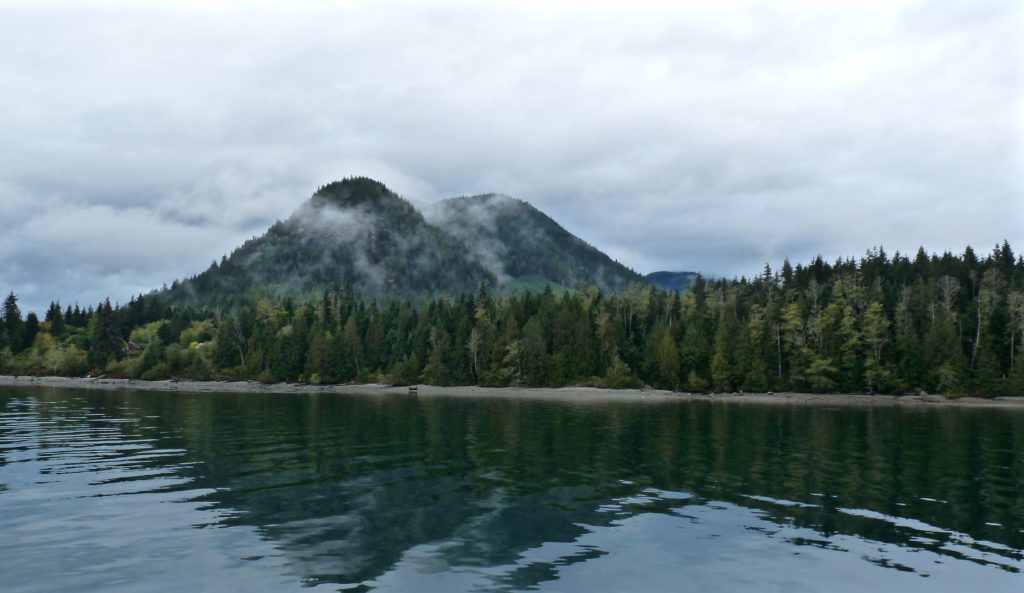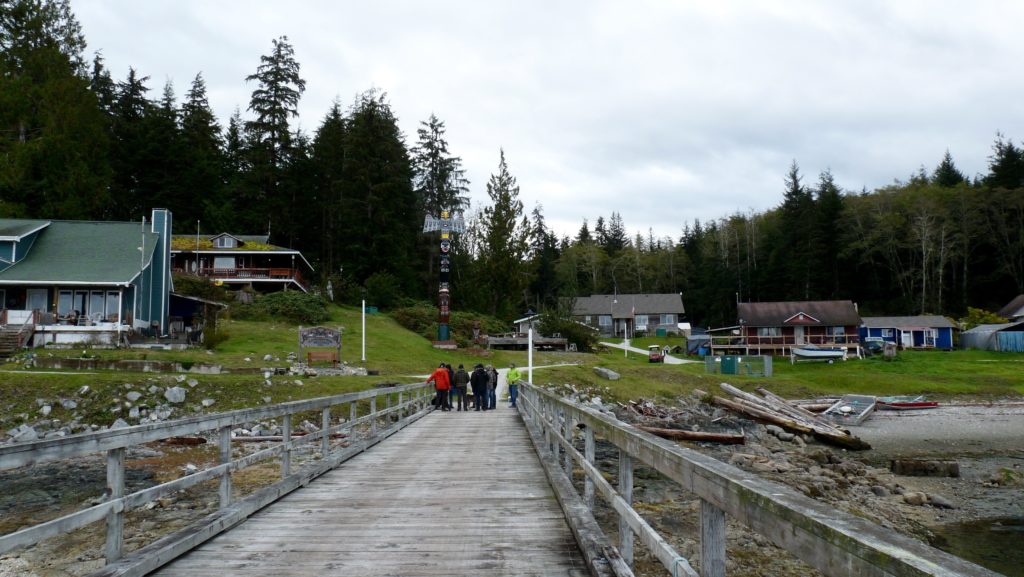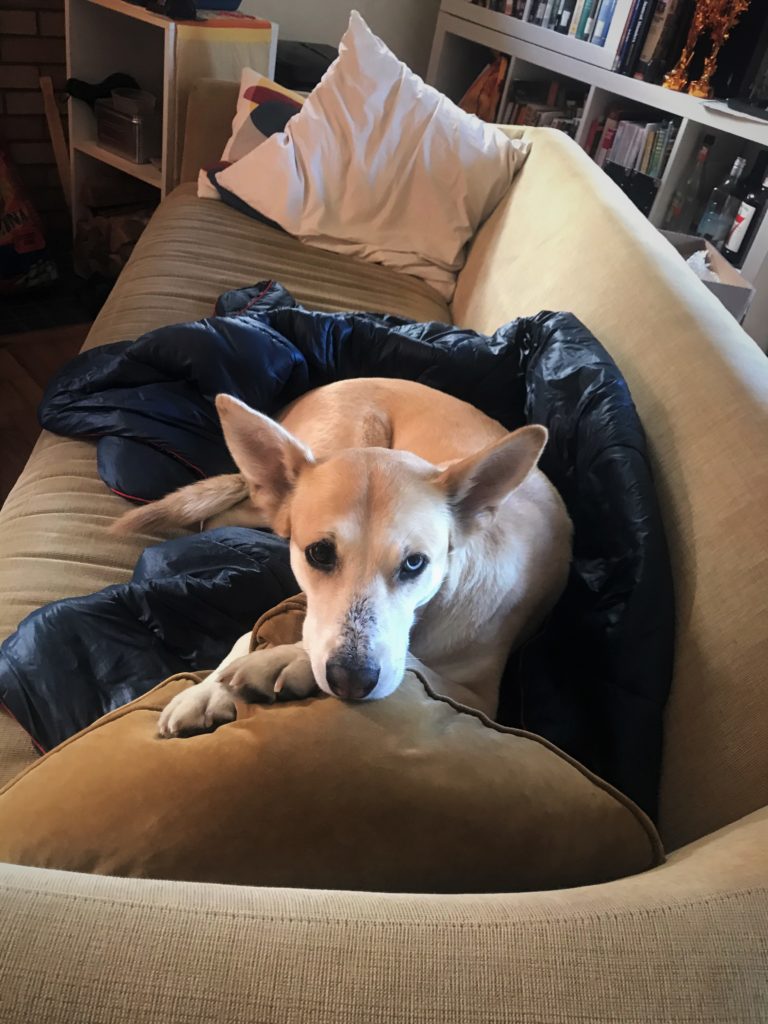In summer 2019, at the request of West Coast Ocean Alliance (WCOA) members, the West Coast Ocean Data Portal (WCODP) began preliminary work on the creation of a West Coast Ocean Health Scorecard. The WCODP had been seeking direction on data activities from the WCOA for some time, and this project offered a way to focus the efforts of WCODP, and complement similar efforts being undertaken by the states of Washington and California. A primary goal for this scorecard effort is to define standards and critical thresholds concerning priority ocean health issues across the region, and to present a cohesive picture of what West Coast ocean health looks like to the public.
For the first several months of this project, I spent time reviewing existing ocean health tools, including scorecard products and frameworks. Examples I looked at include the Ocean Health Index, NOAA’s Integrated Ecosystem Assessment, and the Condition Reports of National Marine Sanctuaries. I wanted to see how other groups had organized indicators and tackled some of the challenges inherent to a project of this scale, e.g., how goals and baselines were agreed upon and how results were presented clearly to different audiences.
After looking at what different examples had to offer, I set to work on creating a framework for what the WCODP scorecard could look like. With the help of my supervisors, the co-chairs of the WCODP, I created a nested framework of about 15 indicators that fit into three larger topics: stressors, ecosystem health, and human use. During this process, I received regular input on monthly WCODP Coordination calls, and in December of 2019, I presented our framework and ideas for a scorecard tool at a full-day data workshop, as part of the larger WCOA Annual Meeting.
While WCOA members had feedback on the goals, audience, and organization of the scorecard, they were in general agreement of moving forward on the project. It was decided that with initial funding from the NOAA Regional Data Sharing Initiative, we would move forward with three ‘proof of concept’ indicators for development in 2020. The indicators decided upon were beach water quality, ocean acidification, and kelp.
Unfortunately, COVID-19 has delayed some of this indicator work in 2020, but we do have three concurrent efforts going on for which I’ve been able to help with scopes of work, grant management, and contracts as well as research. Heal the Bay, a California-based nonprofit, is leading the work on a beach water quality indicator, and NANOOS (Northwest Association of Networked Ocean Observing Systems), in cooperation with the other West Coast IOOS (Integrated Ocean Observing System) Regional Associations, is leading work on the ocean acidification indicator. I am currently leading work on the kelp indicator, and have spent the last few months researching different methods for examining canopy-forming kelps’ extent, persistence and quality— including remote-sensing, aerial overflight surveys and in-water surveys. In the next few weeks, the WCODP will begin a comparison study of these methods on specific giant kelp beds in Southern California, in order to inform our scorecard effort.
Altogether, the West Coast Ocean Health Scorecard will be a three to five year effort before its first iteration is complete. In the next few years, we are hoping to continue developing the framework and user interface for the public to interact with the scorecard, and to continue developing individual indicators. I am currently planning to stay involved with the project once my fellowship has ended, and have learned a lot from seeing how a longer-term venture like this develops and evolves from the beginning. Here’s to hoping for a successful project, and a healthy West Coast ocean!
























